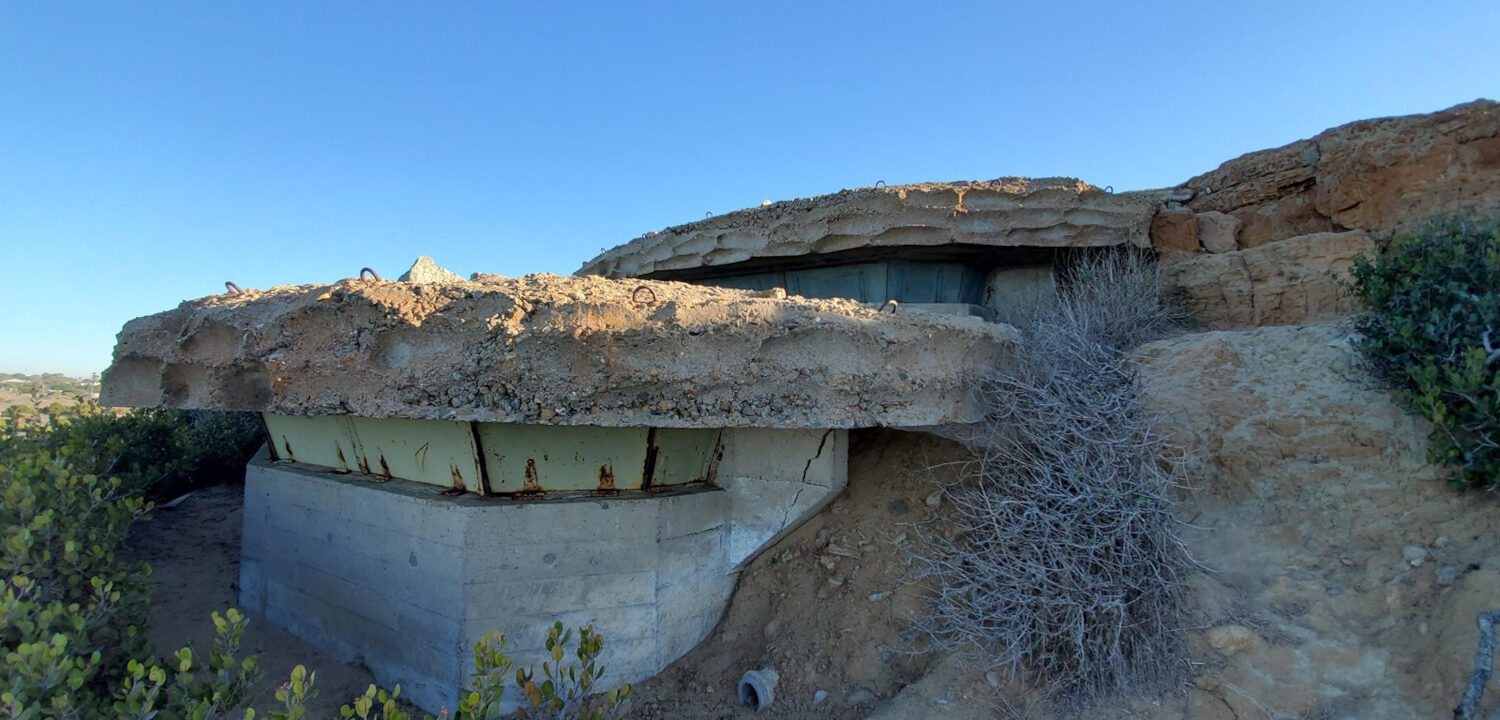This piece is from SD HistCon founder Harold Buchanan. This is the fifth piece in a six-part series looking at the history of San Diego in World War II. (The first, second, third, and fourth parts can be read here, here, here, and here. If you’re interested in registering for SDHistCon Summit 2023 from Nov. 3-5 and exploring some local history along the way, limited tickets are still available here.)
In part five of the discussion of the impact of World War II on San Diego, we discuss the physical reminders of the not-so-distant past and the commitments and sacrifices of wartime. The top photo is a 1947 image of a 16-inch gun at Battery Ashburn, from cnmvipvoice.org.
Harold is an award-winning designer whose designs include Liberty or Death (2016), Campaigns of 1777 (2019), and Flashpoint: South China Sea (2022). He has been a historical gamer since 1979. Harold is an Adjunct Professor of Finance at The University of California San Diego. You can follow him on Twitter here.
San Diego’s World War II Coastal Defenses: A Look Back at Concrete Remains
The role of coastal defenses during World War II remains a significant yet often overlooked chapter. The heightened fears of a West Coast assault rendered places like San Diego, a notable naval center, as primary sites for an array of defensive hard points.
These defensive points included not only gun batteries but also pillboxes, bunkers, and other reinforced stations. Time has worn many of these installations away, either by nature’s hand or human intervention. But the remnants scattered across San Diego’s landscape tell a tale of wartime vigilance and strategic planning.
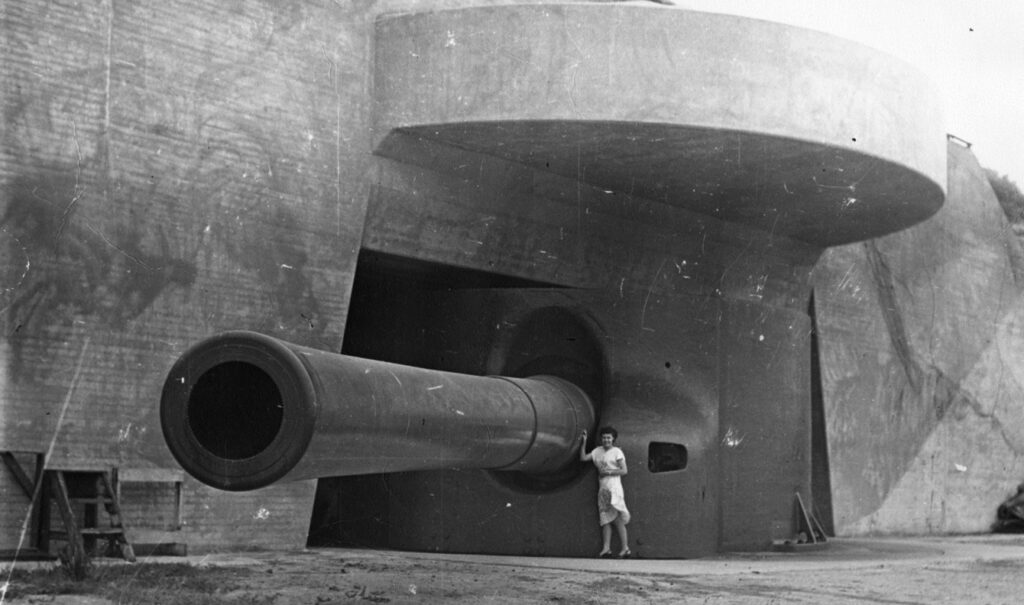
A historic Battery Ashburn look. (https://cnmvipvoice.org/history-of-cabrillo-national-monuments-bunker/.)
Fort Rosecrans: Vestiges of Vigilance
Perched on the Point Loma peninsula, Fort Rosecrans has historical roots reaching back to the 19th century. As the drums of World War II began to resonate, the fort underwent extensive modernizations to host gun batteries guarding San Diego Harbor.
Although the majority of World War II imprints on Fort Rosecrans have faded, discerning eyes can still spot bunkers and gun placements. Interestingly, the Cabrillo National Monument at the peninsula’s southern extremity offers glimpses into these historical martial footprints.

The Cabrillo Monument in 2004 (Kmf164 on Wikipedia: https://commons.wikimedia.org/wiki/File:CabrilloMonument.jpg).
Border Field State Park: Coastal and Frontier Guard
Situated adjacent to the U.S.-Mexico border, Border Field State Park had a twofold mission during WWII. While it primarily kept an eye on the border, the strategic coastal proximity warranted military installations for defense. The park today might occasionally reveal vestiges of bunkers and pillboxes, though they pale in prominence compared to other sites.
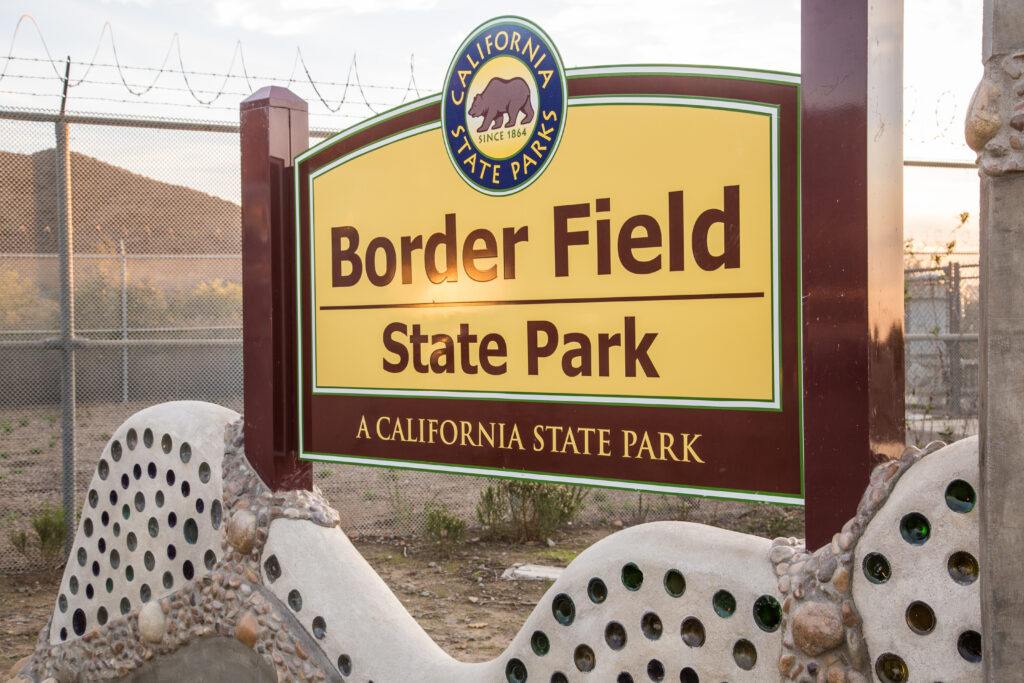
Border Field State Park. (Tony Field on Wikipedia, via Flickr. https://commons.wikimedia.org/wiki/File:Border_Field_State_Park_(16034475811).jpg.)
Torrey Pines: A Natural Bastion
Just north of La Jolla lies the Torrey Pines State Natural Reserve, an area that during World War II was dotted with defensive apparatuses such as pillboxes. Those pillboxes watched over the coastline for potential threats. Today, while many of these remnants lie off the beaten path and have been ravaged by time, the site still hides bunkers and observation posts amongst its rugged beauty.
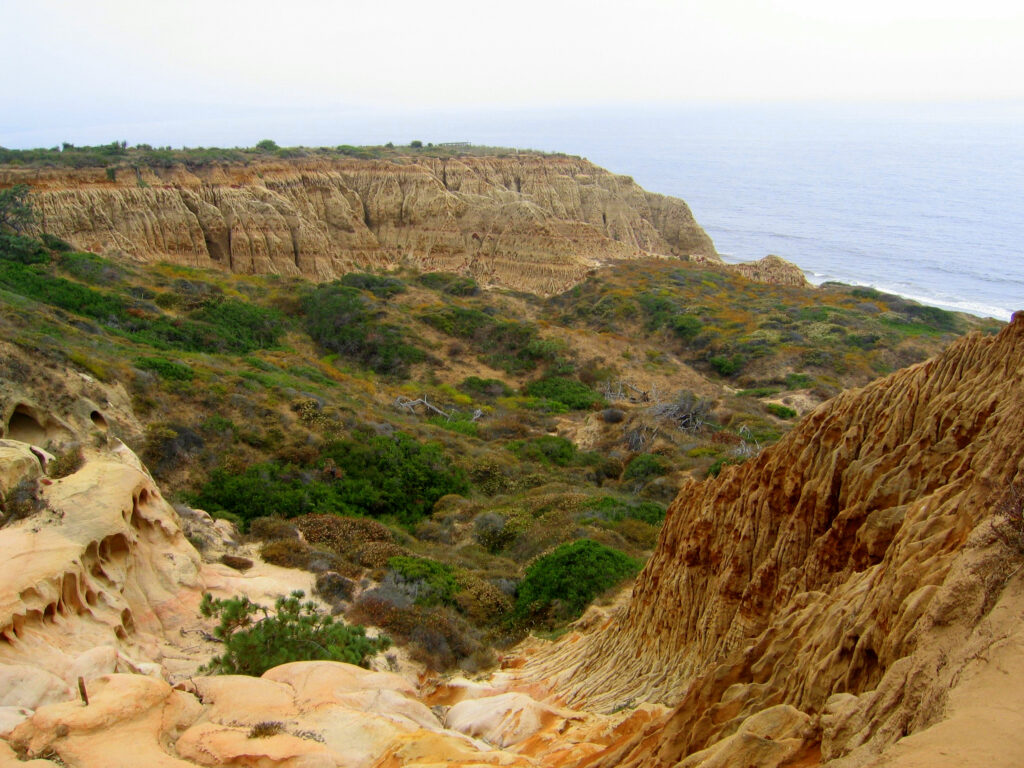
Torrey Pines State Park. (@Nauticashades on Flickr, via Wikipedia: https://commons.wikimedia.org/wiki/File:Torrey_Pines_State_Park_Valley.jpg.)
La Jolla’s Coastal Custodians
The coastal gem of La Jolla wasn’t spared from the wartime defense initiatives. Pillboxes and observation points once peppered this locale as guardians of the shore. Notably, areas proximate to La Jolla Cove still bear silent witnesses to this era.
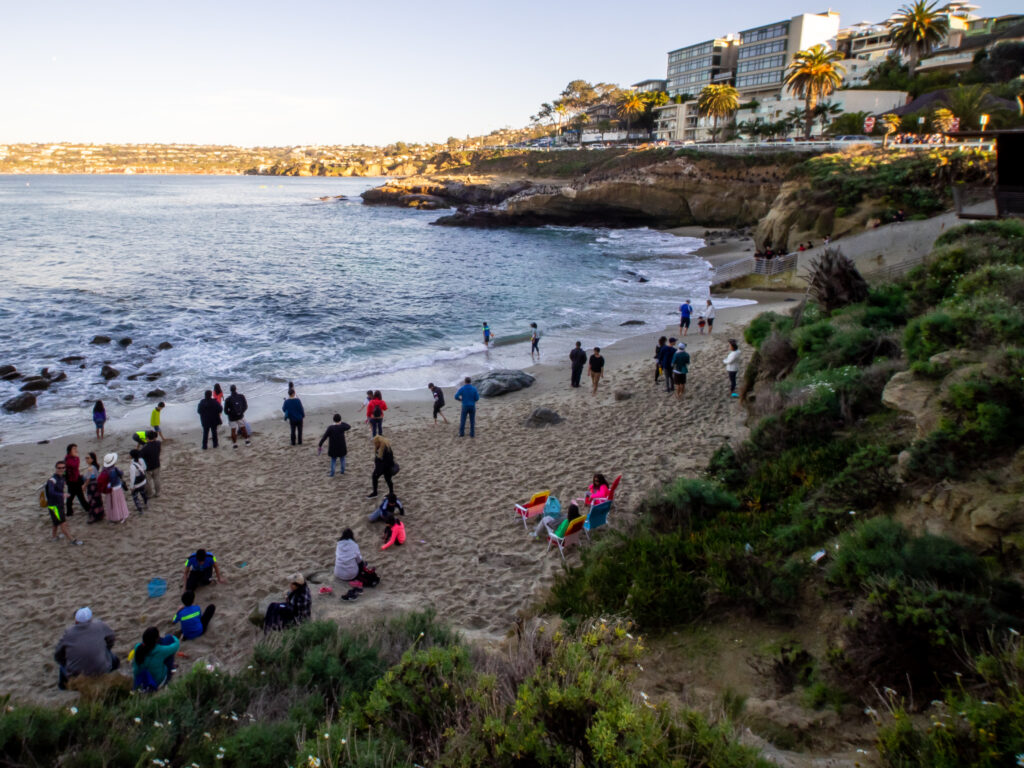
La Jolla. (Ajay Suresh on Flickr via Wikipedia: https://commons.wikimedia.org/wiki/File:LaJolla-2_(45716612345).jpg).
Sunset Cliffs Natural Park: Eroding Defenders
The Point Loma region’s Sunset Cliffs Natural Park, with its strategic coastal elevation, once hosted military fortifications. Now, nature’s inexorable march, particularly cliff erosion, has claimed many. But traces of bunkers and defense posts remain, slowly succumbing to the elements.
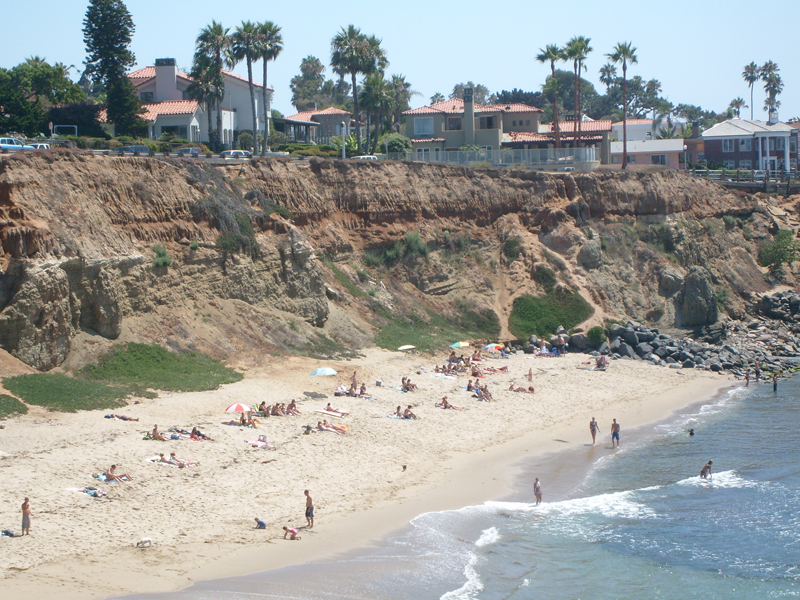
Sunset Cliffs Natural Park. (Rob Reviewer on Wikipedia: https://commons.wikimedia.org/wiki/File:Sunsetcliffswikibyreviewer.jpg.)
San Diego’s Dispersed Watchtowers
Scattered along the lengthy expanse of San Diego’s coast, numerous other defensive fixtures stood sentinel against possible incursions. Time, weather, and vegetation have cloaked many, yet those armed with historical knowledge and a sharp gaze might still discern their forms.
In navigating this rich tapestry of wartime history, one must tread with reverence and caution. Many remnants lie in protected terrains or are frayed by time, making them potentially perilous. Ensuring proper permissions, adhering to designated pathways, and putting safety first is paramount.
There’s an undeniable allure in these tangible remnants that connect us viscerally to the past. San Diego’s coastal defenses stand as silent testimony to an era of global conflict and the region’s strategic import in it.
(Top photo of Battery Ashburn from the NPS: https://www.nps.gov/places/fire-control-station-battery-ashburn.htm.)
